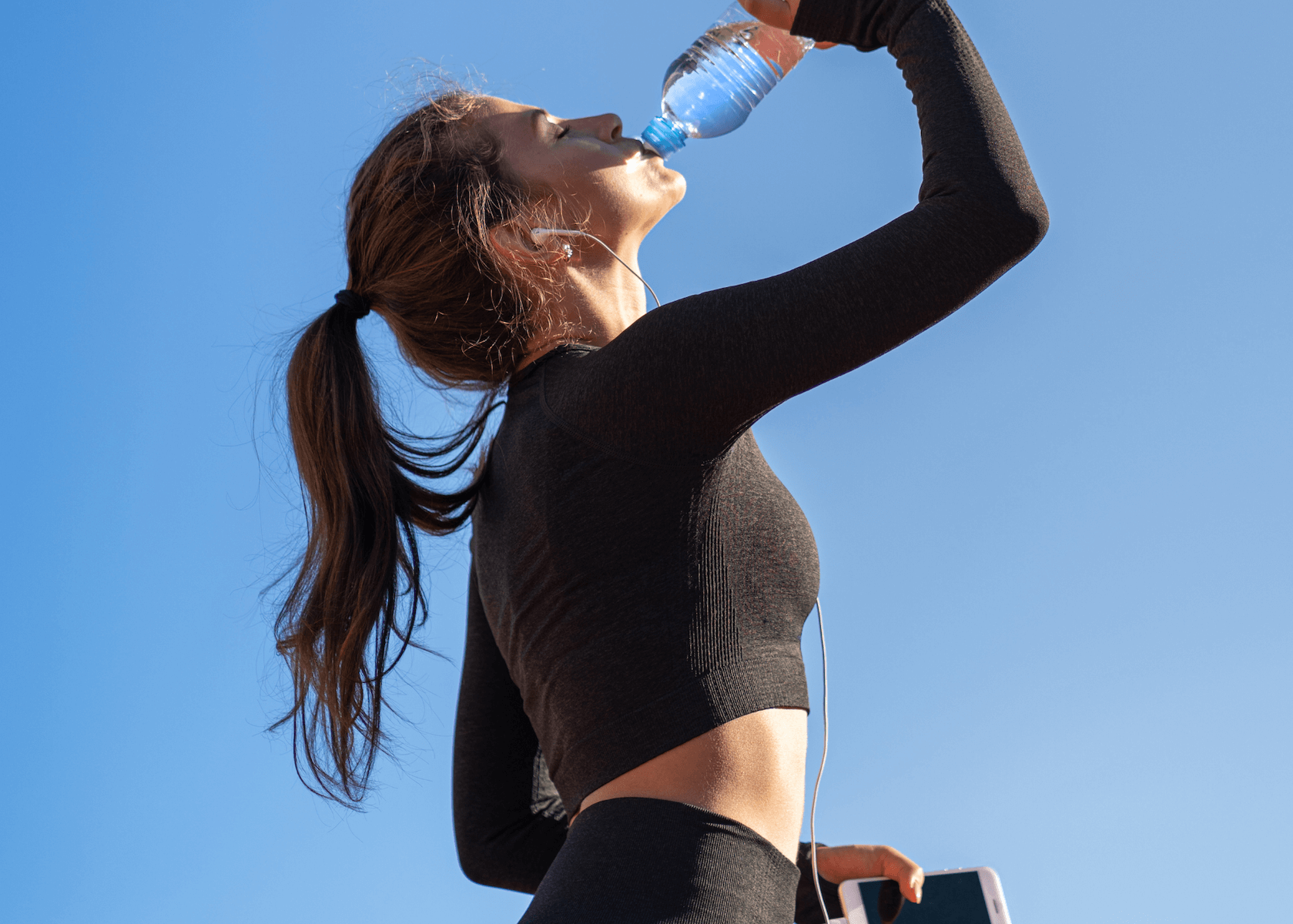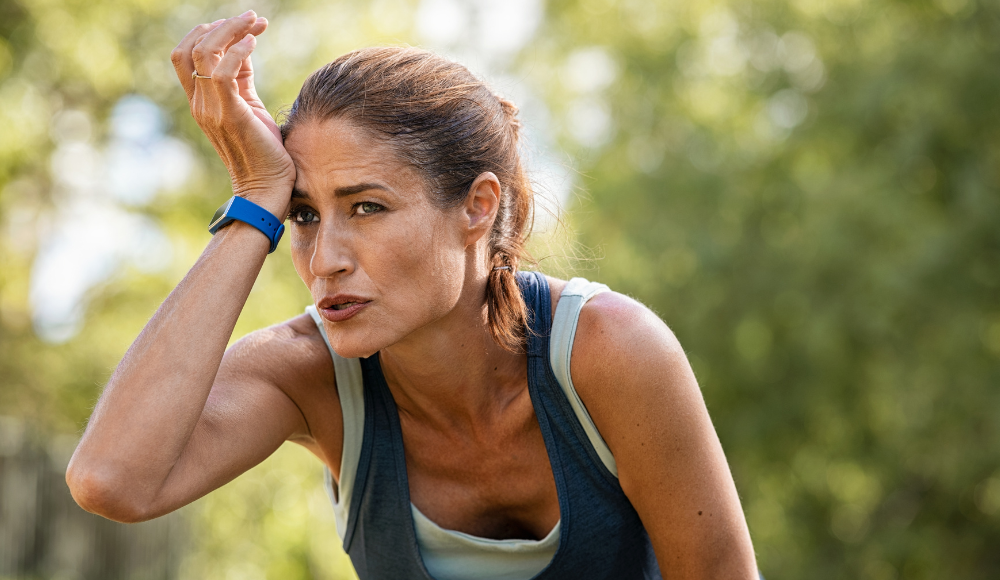Phone: (714) 695-1566
Fax: (714) 695-1553
Email: info@salinaspt.com
23655 Via Del Rio, Suite C
Yorba Linda, CA 92887

Phone: (714) 695-1566
Fax: (714) 695-1553
Email: info@salinaspt.com
23655 Via Del Rio, Suite C
Yorba Linda, CA 92887


Are you telling yourself it’s too hot to exercise during a heatwave? As temperatures rise, adapting your fitness routine to the scorching summer conditions is important. The lazy days of summer can lead to reduced levels of activity and further complications down the road. Exercising during a heat wave requires extra caution and mindful strategies to stay safe. In this article, we’ll explore valuable tips to maintain an active lifestyle in high temperatures.
Before discussing exercising in the heat, we must first understand the risks involved. Generally speaking, when the heat index is over 90 degrees, you should use caution when exercising outdoors. When it’s too hot the risk of heat-related illness like heat exhaustion and heatstroke can be life-threatening. While exercising outdoors in warmer weather can be safe, you should be well-versed in the dangers and how to avoid them.

Heatstroke is the most serious heat-related illness. It occurs when the body can no longer control its temperature and is unable to cool down. Heatstroke can cause permanent disability or death if the person does not receive emergency medical treatment. Symptoms of Heatstroke include:
Since the dangers of heat-related illness can be life-threatening its important to pay attention to your body. If you or someone you know is experiencing symptoms of a heat related illness, stop what you’re doing and Call 911 Emergency Medical Services. Move away from direct heat if possible or to an air-conditioned room. Use water to cool the skin and apply wet cloths to aid in rapid cooling. Continue monitoring levels of consciousness until Emergency Medical Services arrive.
Now that we’ve discussed the dangers of exercising in the heat, we’ll cover strategies to help mitigate the risks. Since our bodies are consist of about 60% water, its important to maintain hydration before, during and after your workout. Drinking water does more than just quench your thirst. It’s essential to keeping your body functioning properly and feeling healthy.
In general, adults loose about 9-12 cups of water per day through breathing, perspiration, urination, and bowel movements. If you plan on exercising while it’s warm, you’ll need to consume even more water to compensate for additional water loss as your body thermoregulates in the heat. Water helps maintain the body temperature, protect organs and tissues, lubricate joints, carry oxygen to cells, and break down minerals and nutrients making them accessible to your body. One of the best ways to avoid dehydration is hydrate before your workout, during and after your workout. If you wait until you’re feeling the symptoms of dehydration, it may be too late.
Plan your exercise during the cooler parts of the day, typically early in the morning or late evening. You should avoid exercising during peak heat hours when the sun is at its strongest, usually between 10am – 4pm. By choosing the right time, you can minimize exposure and the risk of overheating.
If you decide to exercise outdoors, we recommend dressing for the occasion. Choosing lightweight, breathable, and moisture-wicking clothing that allows sweat to evaporate will help keep you cool during your workout. Wearing a hat and sunglasses also provides an additional layer of protection from the sun on those sweltering days.
Don’t let the heat of the summer allow your level of fitness to slump. Without a regular dose of exercise, the body will decondition naturally. Often times, cardiovascular fitness is reduced first, followed by muscular strength. As people become less fit and activity becomes more challenging, they do less, leading to further down the vicious cycle of deconditioning. Deconditioning can also lead to weakness, more aches and pains, illness, and disease. It only takes two weeks without exercise to have a significant loss of cardiovascular fitness. Two to eight months of deconditioning can virtually erase all of your previous training effort.
If you or someone you know, has a condition that is preventing exercise, contact our team to get back on track. We specialize in helping active people overcome their physical conditions and getting back to the things that matter most.
Disclaimer:
The information provided on SalinasPT’s blog is for general informational purposes only and should not be considered a substitute for professional medical advice. We strive to ensure the accuracy and timeliness of the information. By using this website, you acknowledge that you assume full responsibility for any actions takes based on the information provided, and we disclaim all liability for any damages or consequences resulting from such actions. Always consult a qualified healthcare professional for personalized medical advice and treatment.